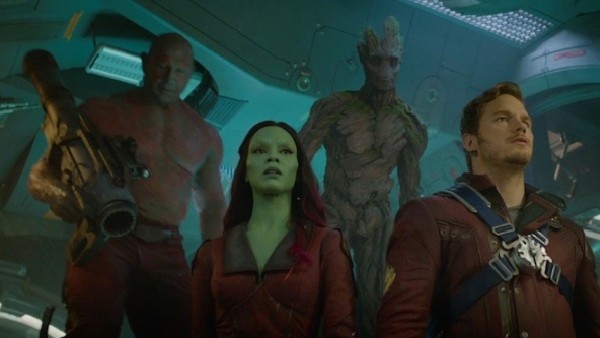The Marvel Villain Problem Explained
3. Team Ups And Screen Time

The Avengers also inspired a thirst for superhero teams, something which Phase 2 movies revelled in. Though protagonists in this genre rarely ever work in isolation - even Chris Nolan’s Batman operates alongside a duo of trusted advisors in Alfred and Lucius - sidekicks and teams became far more popular after Joss Whedon’s game-changer. That obviously manifested in squads of heroes like the Guardians of the Galaxy getting their own movies, but it also affected solo flicks, such as Iron Man 3 giving larger roles to Pepper Potts and War Machine, or Captain America: The Winter Soldier teaming Steve up with Black Widow and Falcon.
By making the relationship between the heroes the anchor of these Phase 2 movies, as well as the increase in henchman battles, it was sort of inevitable that the actual villains would be pushed out. That’s not speculation either, if you look at the screen time of all characters across Phase 1 and 2, the antagonists are the ones hit the most.
For reference, villains averaged 20 minutes across the early movies, with the likes of Loki and Obadiah Stane getting 21 and 22 minutes on screen respectively. Cut to Phase 2 and that time is more than halved, with Thor: The Dark World’s Malekeith having a paltry 8 minutes on screen, while Guardians of the Galaxy’s Ronan enjoyed a mere 7. It didn’t help that of this small screen time, the heroes rarely ever actually interact with the villain either, and when they do turn up it's in an action scene or to deliver exposition. They’re kept at arm’s length, not being allowed to develop a proper dynamic and only clash at the very end.